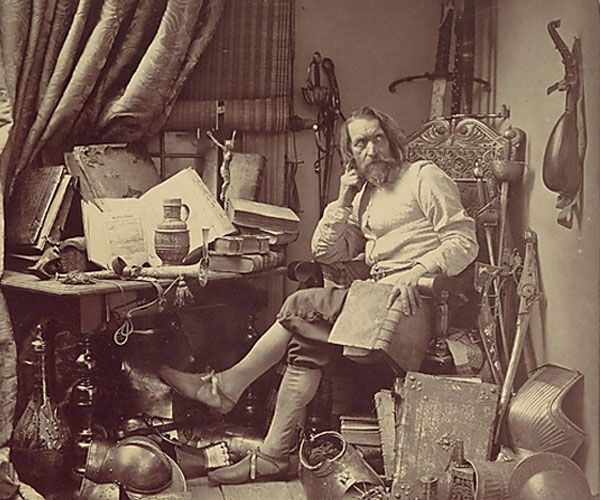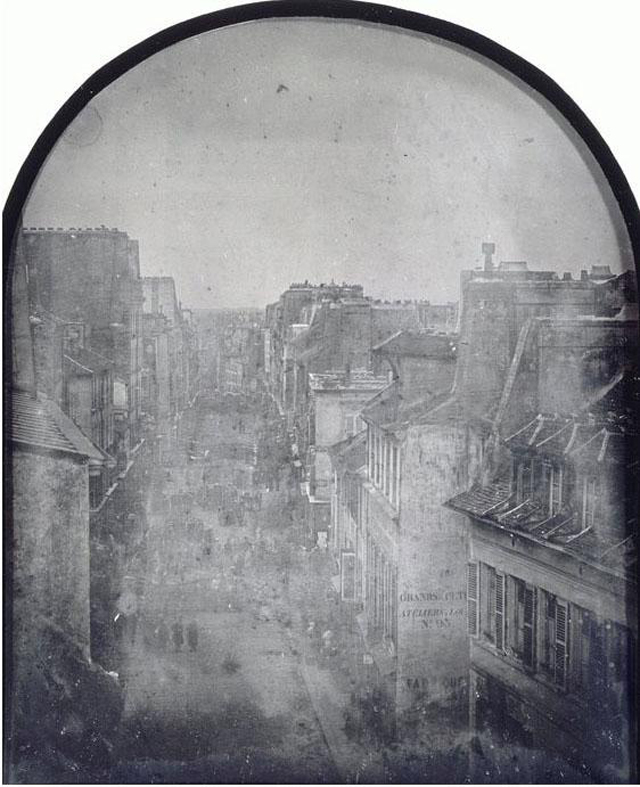A big news story this week was the beginning of the trial in the lawsuit brought by sportscaster Erin Andrews against Michael David Barrett and both the Marriott International Hotels and Radisson Hotels. Barrett filmed Andrews through peepholes at the Nashville Marriott and the Radisson Airport Hotel in Milwaukee, Wisconsin. One of these videos, in which Andrews appears totally nude, was released over the internet on July 16, 2009 and quickly “went viral.” Barrett was subsequently sentenced to thirty months in prison, three years of probation, $5,000 in fines, and $7,366 in restitution. He served his sentence at the Seattle Community Corrections and was released on July 3, 2012. In her lawsuit against Marriott, Andrews alleged that hotel employees gave Barrett the dates she would be at a hotel and a room next to hers. She is struggling to have the video removed from the internet.
These are briefly the facts. While we can admire Ms. Andrew’s courage in taking on her abusers, the devastating consequence to her and her family psychologically is heart-wrenching. This kind of personal violation is overwhelming.
But I wanted to point out one unheard point. IT experts estimate that close to 17 Million people have viewed this video online. But recognize how this kind of prurient postings are presented to us. You have to click to see it. You have to seek it out. This is very much a sin of commission. On a broader level people complain all the time about the content of the internet. But we all share a part in it. So I want to suggest that there is a social contract at work – or really not working – here. When other filters fail, our planetary co-inhabitants, a.k.a other people, expect kind decency from us all to at the very least look away. In a world of digital image overload, we all need to be responsible viewers of photographs.
Social contracts are implicit in human society. The moral in Ms. Andrew’s story is the same as in the story of Lady Godiva and that greatest of all voyeurs, Peeping Tom, Tom bores a hole in his shutters – sound familiar? – so that he might see Godiva naked, and he is struck blind. Fortunately for Mr. Barrett our sense of retribution has softened in the interval between the 12th century and today.



